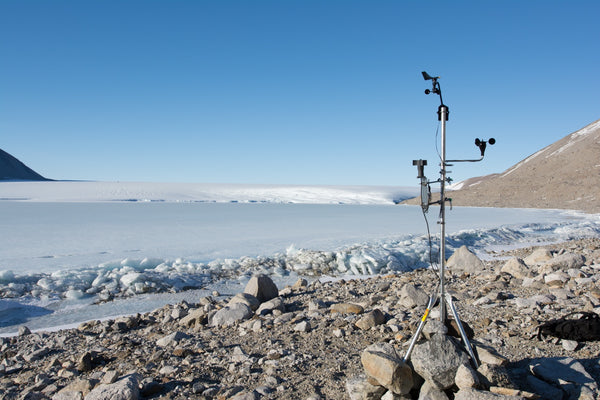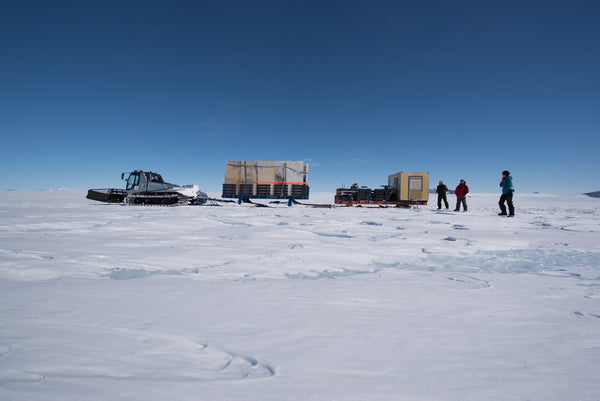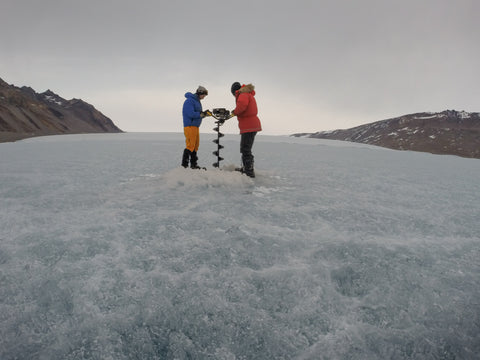NASA’s Research on Microscopic Life in Antarctica with WINDLogger
NASA’s Research on Microscopic Life in Antarctica with WINDLogger
Understanding how microorganisms can thrive in extreme environments here on Earth could provide some insight on how to approach the search of extraterrestrial life. For this reason, NASA and many of its partner organizations have been researching microscopic life in Antarctica, through a series of expeditions which have been carried out since 2008.
The Need for a Rugged Weather Monitoring Solution
One of the sites where research has been conducted is Lake Untersee, a frozen and highly alkaline lake, where the main goal has been to study the influence of wind conditions on the local ecosystem.

A rugged and reliable weather monitoring device was required, capable of withstanding temperatures as low as -20°C and wind speeds exceeding 50 m/s. Analysis of wind patterns at Lake Untersee was possible thanks to a custom-made WINDLogger station, designed specifically for the harsh site conditions according to the specifications of the expedition team. In addition to providing a reliable weather monitoring solution for the Antarctic weather, WINDLogger technology offered its standard features:
- A dust-proof and liquid-proof enclosure
- Simultaneous measurement of wind speed, wind direction and ambient temperature
- Storage space for 10 years’ worth of logged data
- Capacity to run on batteries for two years
Influence of Wind Patterns on the Local Ecosystem
Most microorganisms which live in icy environments are found in cryoconite holes. Cryoconite is a mix of dust, soot and rocky particles, and it tends to gather on ice shelves and snow. It has a darker color than ice and snow, and is therefore capable of absorbing more heat from the sun. When large patches of cryoconite gather, they cause localized heating and melt the ice or snow underneath, forming what is called a cryoconite hole.

Cryoconite becomes granular, and a thin layer of liquid water forms on the surface of individual granules. The amount of water which gathers depends on granule size, and by extension so does the amount of bacteria living in a particular hole. These organisms have developed some impressive survival mechanisms for extreme conditions, such as being able to enter an inanimate state when their environment becomes particularly dry or cold.
The research team hypothesizes that wind conditions influence cryoconite granule size, and by extension they also determine if suitable conditions for microorganisms will be created. The testing procedure for this hypothesis has been possible thanks to WINDLogger technology, providing a wealth of information about the ecosystem of Lake Untersee. The results of this research could potentially be applied in space exploration, particularly when dealing with icy environments outside of Earth.

These Antarctic expeditions have been led by Richard Hoover, a NASA astrobiologist. There has also been valuable collaboration by the Arctic and Antarctic Research Institute of the Russian Federation, the Planetary Sciences Foundation, and the Tawani Foundation.
Leave a comment
Comments will be approved before showing up.






